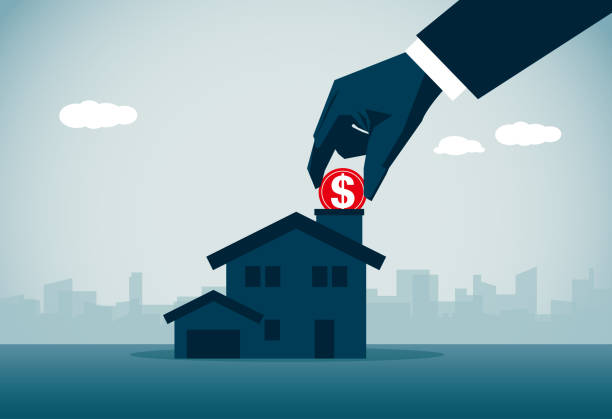Evaluating the property condition and conducting inspections is an essential aspect of analyzing real estate investments. Assessing the physical condition of a property helps investors understand its current state, identify potential issues or risks, and estimate the costs associated with maintenance, repairs, or improvements. Here are the key fundamentals of evaluating property condition and conducting inspections:
- Physical Inspection:
Performing a thorough physical inspection of the property is crucial. It involves visually examining the building’s exterior, interior, structural components, systems, and amenities. Here are the key areas to focus on during the inspection:a. Structural Integrity: Assess the foundation, walls, roof, and overall structural stability of the property.b. Mechanical Systems: Inspect the HVAC (heating, ventilation, and air conditioning) systems, plumbing, electrical wiring, and other mechanical systems to ensure they are functioning properly.c. Building Envelope: Examine the windows, doors, insulation, and exterior cladding to identify any potential issues with energy efficiency, water intrusion, or insulation.d. Interior Spaces: Evaluate the condition of the flooring, walls, ceilings, and fixtures within the property.e. Safety and Compliance: Check for compliance with building codes, safety regulations, and any potential hazards that may pose risks to occupants.It is often beneficial to engage a professional property inspector or a licensed contractor to conduct a comprehensive inspection, especially for complex properties or if you lack expertise in building systems. - Property Condition Report:
Following the inspection, it is advisable to create a property condition report. This report documents the findings and provides a detailed overview of the property’s condition, including any deficiencies, repairs needed, or potential risks. The report can serve as a reference for estimating repair costs and creating a maintenance plan. - Estimating Repair Costs:
Based on the inspection findings and the property condition report, investors can estimate the costs associated with necessary repairs, maintenance, or improvements. Obtaining quotes from contractors or professionals in relevant fields can help in accurately estimating the expenses involved. - Environmental Assessments:
In some cases, environmental assessments may be necessary to evaluate potential environmental risks associated with the property. This may include assessments for the presence of contaminants, such as asbestos, lead-based paint, mold, or hazardous materials. Environmental assessments are particularly important for properties with a history of industrial or commercial usage. - Due Diligence:
Evaluating the property condition and conducting inspections are part of the due diligence process. It is crucial to allocate sufficient time and resources for these activities to ensure a comprehensive understanding of the property’s condition and associated risks. This process can help investors make informed decisions, negotiate purchase terms, and plan for future expenses.
By evaluating property condition and conducting inspections, investors can better assess the investment‘s potential risks, accurately estimate costs, and make informed decisions based on the property’s physical condition. Engaging professionals, such as property inspectors, contractors, or environmental consultants, can provide valuable expertise and guidance throughout this assessment process.
